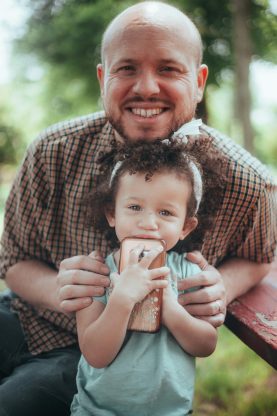Table of Contents
Background Check and References
Before hiring a babysitter, it is crucial to conduct a thorough background check and obtain references from previous employers or families. This will help you ensure that the babysitter has a clean criminal record and has no history of abusive behavior or neglect. You can use online background check services or hire a professional agency to verify the babysitter’s credentials. Additionally, speaking with previous employers or families can give you valuable insights into the babysitter’s character, reliability, and level of care provided to children.
On-Demand Childcare in Your Neighborhood
Book a Sitter
First Aid and CPR Certification
Another essential safety procedure for employers hiring babysitters is to ensure that the babysitter is trained in first aid and CPR. Accidents can happen unexpectedly, and having a babysitter who is knowledgeable and competent in administering first aid can make a significant difference in emergency situations. Make sure to ask potential babysitters about their certification status and verify their training with reputable organizations such as the American Red Cross or the American Heart Association.
Emergency Procedures and Contact Information
It is important to discuss emergency procedures and provide the babysitter with essential contact information in case of emergencies. Make sure to create a list of emergency contacts, including your phone number, the number of a trusted neighbor or family member, and the contact information for emergency services such as the police, fire department, and ambulance. Clearly communicate the steps to take in different emergency scenarios, such as medical emergencies, natural disasters, or home intrusions, and ensure that the babysitter is prepared to handle these situations effectively.

Supervision and Monitoring
Employers should establish clear guidelines for supervision and monitoring to ensure that the babysitter provides adequate care and supervision to the children. Discuss the expectations for watching over the children, including rules for outdoor play, bedtime routines, and limits on screen time. Consider installing security cameras or baby monitors to keep an eye on the babysitter and children remotely.
Regularly check in with the babysitter via phone calls or text messages to ensure that everything is going smoothly and address any concerns or issues promptly.
Clear Communication and Expectations
Lastly, employers should maintain open and clear communication with the babysitter to establish expectations, address any concerns, and provide feedback on their performance. Discuss the children’s daily routines, dietary restrictions, allergies, and any special instructions or preferences. Set boundaries regarding the use of personal devices, visitors, and household tasks. Encourage the babysitter to ask questions and seek clarification on any issues that may arise during their time caring for the children. Providing feedback and appreciation for a job well done can help maintain a positive and professional relationship with the babysitter.
In conclusion, employers hiring babysitters must prioritize the safety and well-being of their children by implementing essential safety procedures. By conducting background checks, verifying certifications, establishing emergency procedures, setting clear supervision guidelines, and maintaining open communication, employers can ensure that their children are in safe and capable hands while in the care of a babysitter. Remember that safety should always be a top priority when entrusting the care of your children to others.










